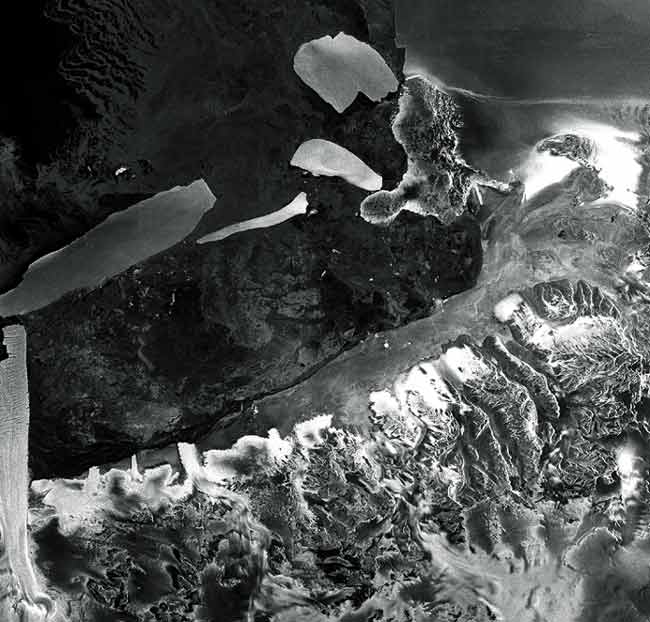World's Largest Floating Object Free Again

An iceberg the size of Luxembourg is adrift again after running aground two months ago, when it blocked sea ice in Antarctica and threatened wildlife.
In January the giant frozen block was on a collision course with the Drygalski ice tongue in McMurdo Sound on the Ross Sea. But it suddenly skidded to a stop, apparently stuck on an undersea mount.
Tides and currents lifted B-15A free in early March, scientists said Friday. Chunks of ice fell into the water during the disengagement.
A new satellite image, released by the European Space Agency (ESA), confirms the iceberg is floating in the sea again. The current is taking it into deeper water.
"The widest part of the iceberg would now appear to have successfully negotiated the narrow channel between the shallow seamount to its west - where it was formerly grounded - and Franklin Island to the east," said Mark Drinkwater of ESA's Ice/Oceans Unit.
"As long as the rear end of the iceberg remains pinned to its west by the shallow bottom topography, a collision may remain less likely," Drinkwater said. "A lot now depends on the ability of the tides and local currents to free the southernmost end of the iceberg, and to close the gap between the iceberg and the ice tongue."
Antarctic iceberg B15A is about 75 miles (120 kilometers) long. It spans an area some 965 square miles (2,500 square kilometers). Those estimates, from scientists at the ESA, are larger than previous figures.
Get the world’s most fascinating discoveries delivered straight to your inbox.
B-15A is the largest remaining section of the even larger B-15 iceberg that calved from the Ross Ice Shelf in March 2000.
The iceberg then drifted into McMurdo Sound, where it blocked ocean currents and led to a build-up of sea ice.



